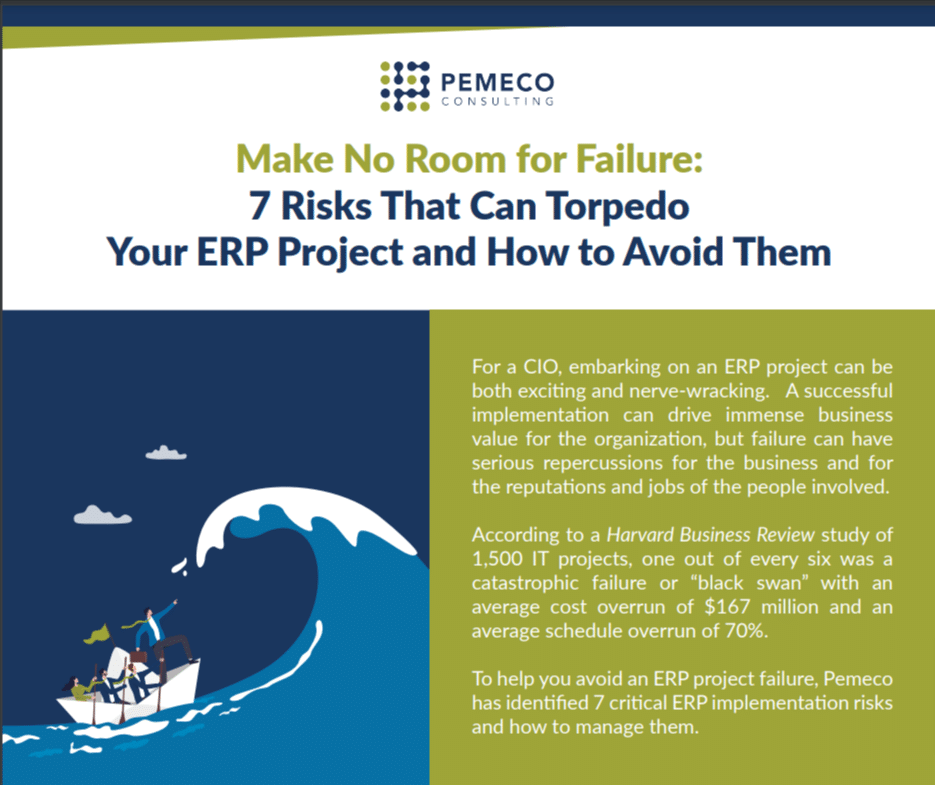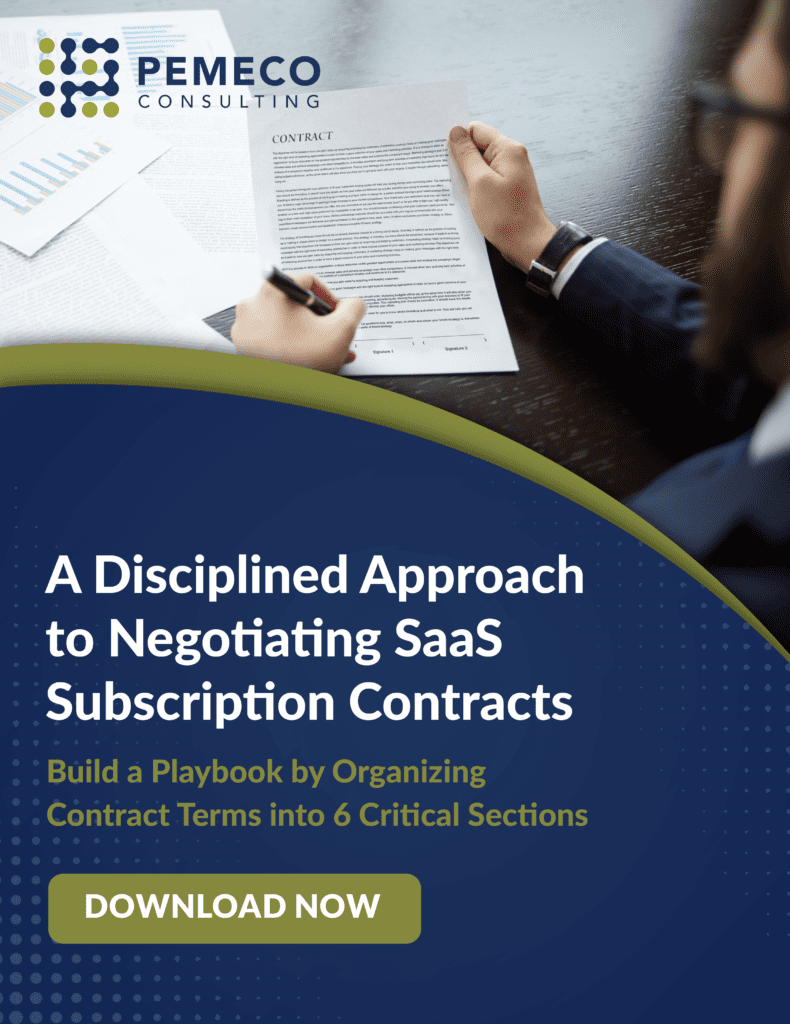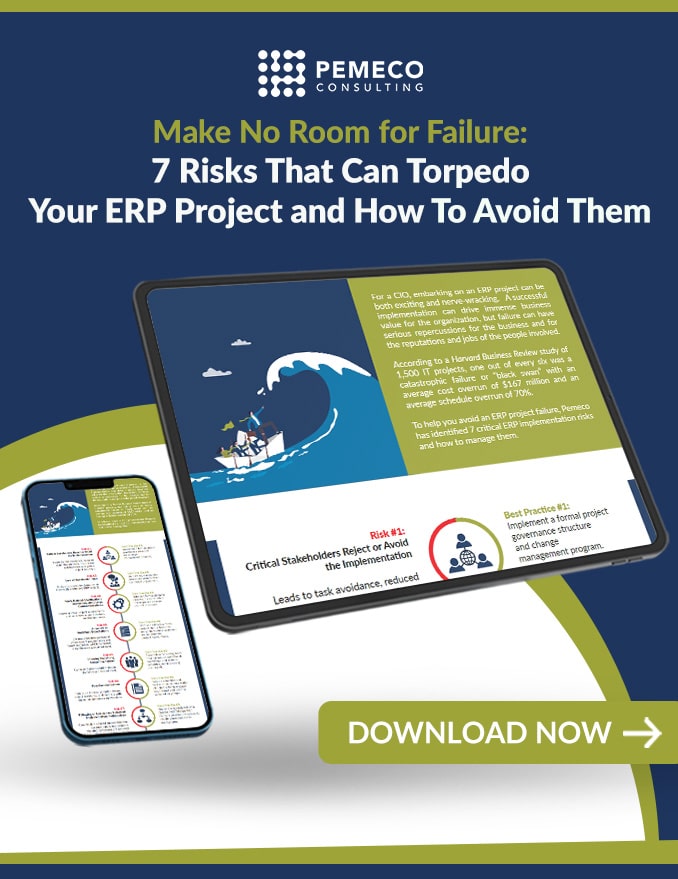All business leaders want to take their organizations to the next level. In an effort to do so, many have invested heavily in ERP implementations and have suffered through associated business disruptions. Notwithstanding their good intentions, most companies haven’t come close to realizing the value achieved by those featured in various ERP case studies. Revenues haven’t leapt 20%. Operating costs haven’t been slashed by 15%. And, on-time deliveries haven’t reached record highs of 95%.
So, what’s holding them back?
To me, it’s not a question of capability. I believe that all businesses have the potential to achieve significant post-implementation value. Rather, I think it’s a question of understanding and commitment. An understanding that business value comes from business change, not systems. And a commitment to executing a good plan. In last week’s post, You’ve Implemented ERP – Now, How Do You Extract the Promised Value?, I outlined a methodology that your business can use to achieve the ROI that may have justified its ERP investment in the first place – one that includes a cycle of benchmarking, goal setting and business process improvement.
In this week’s post, I roll up my sleeves and dig down to the operational level. I discuss an area that – for most businesses – provides a great opportunity to extract meaningful post-implementation value. Without hyperbole, this area represents an organization’s central logistics hub. It touches all corners of a business’ operations, including sales forecasting, supply chain, production, distribution and purchasing.
I’m speaking, of course, about replenishment planning and shop scheduling. This is where an organization’s supply meets its demand. It’s where forecasts are converted into purchase and/or production orders. Planning activities influence inventory levels and, by extension, cash flow. They influence production and distribution schedules and, by extension, sales turnover and on-time delivery rates. In short, companies that plan and schedule well are more likely to:
- Anticipate demand and respond nimbly to unforeseen market shifts
- Have higher customer satisfaction rates
- Have less cash tied up in obsolescing inventory
- Accurate Item and Movement Data – The system needs accurate data to simulate a company’s operating reality. Key data requirements include item-level order modifiers (learn more), bill of materials (learn more) and routings (learn more).
- Accurate Inventory Data – If inventory counts and movements are not accurately reflected in the system, the planning engine will either make recommendations that cause the company to 1) prematurely order inventory or 2) deliver items beyond the due date. The former case constrains cash flow and unnecessarily increases the value of a depreciating asset class. The latter case leads to higher rates of customer dissatisfaction and turnover. In our experience, a planning engine will only be capable of issuing meaningful planning recommendations when a company:
- Has accuracy rates of 95% for its on-hand inventory
- Maintains accurate demand and supply forecasts
- Knows its minimum inventory level requirements (safety stock)
- Timely Recording of Material Movements – The status of purchase orders and production orders varies over time, as materials flow through supply chains and production. To ensure that planning signals and recommendations are meaningful, the company needs to update the system promptly. Businesses can choose to do this a couple of ways – through manual input or in an automated fashion. Learn more.





